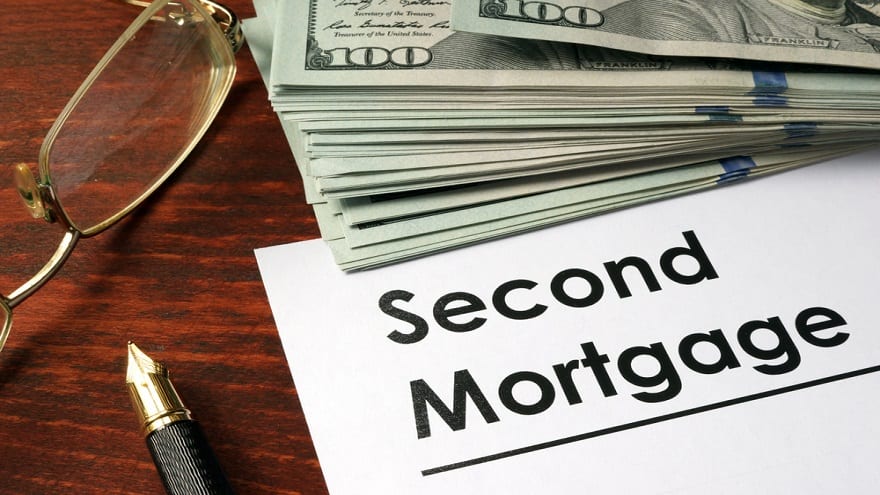How to Maximize Shelter and Growth in Second Homes

Stocks and second home sales both soared during the 1990s. They parted ways in the 2000s. While stocks turned south, prices of second homes continued to climb. It is no coincidence. More people are turning to second homes as investment alternatives.
The National Association of Realtors reports that purchases of second homes for investment purposes doubled in the past three years. Historically, second homes are purchased primarily for personal getaways. In 1999, only 20% of second home purchases were made primarily for investment. By 2002, 37% of second home purchases were considered investments, according to the survey in collaboration with EscapeHomes.com.
A second home is purchased as an investment when there is an expectation of either income or price appreciation. Usually, this means the home must be able to be rented at least six months of the year. Real estate surveys indicate that housing prices in prime second home areas appreciated faster than prices of home in other areas.
The typical second home buyer is a married 56 year old with no children at home under age 18. Average household income for this group is $92,000. Economists expect that as the baby boomers age more people will purchase second homes. A second home usually is purchased in a recreational or resort community within a two to three hour drive of a large urban population area. About 28% of the buyers expect to convert the second home into their retirement home someday.
These days more and more buyers are diversifying their portfolios with second homes. Some refinance their primary residences and take cash out to help pay for the second home. Others sell stocks and use the proceeds to pay for the second home.
Another survey reports a surge in Caribbean home purchases by Americans. A number of Americans apparently believe that a Caribbean getaway is the ideal asset in this age of terrorism. They believe that if things get bad in the U.S., the Caribbean is close enough to get to quickly, is hospitable to Americans, and is not likely to have terrorist cells.
If you are going to buy a second home, be sure to get all the tax benefits available. The tax breaks you get depend on how the home is used.
If a second home is primarily for personal use, the tax write offs are limited. You can deduct mortgage interest on a second home. The acquisition mortgages on your first and second homes combined cannot exceed $1 million to deduct all the interest on both mortgages. Home equity loans cannot exceed $100,000 combined to deduct all the interest.
You also can deduct real estate taxes on the second home. Both deductions are itemized expenses on Schedule A. You must itemized expenses to deduct them, and the deductions are reduced for those with higher incomes because of the itemized deduction reduction, one of the stealth taxes. No other expenses are deducted for the personal use of a second home.
If you rent the home for no more than 14 days during the year, all the rental income is tax free. You do not deduct any additional expenses beyond the regular mortgage interest and property taxes. This is an especially useful tax break for those who own a home near a popular annual event or who want to get some income out of the home without dealing with the tax complications of higher rental use.
Partial deductions are allowed when the property is rented more than 14 days but your personal use is meaningful. You fall into this group if your personal use exceeds the greater of 14 days and 10% of the total days rented.
In this case, all the expenses are allocated between personal use and business use based on the ratio of personal to business use days. The personal portions of mortgage interest and real estate taxes are deducted as itemized expenses. The business portion of those expenses and other expenses related to owning and maintaining the house are deducted against the rental income on Schedule E. Expenses that can be deducted against rental income include repairs, utilities, and association fees.
You might be able to deduct a net rental loss against other income if your income is less than $150,000 and the loss is less than $25,000. If your income is higher than $150,000, you might end up deducting less the full amount of the mortgage interest and real estate taxes. In that case, consider either limiting rental use or renting for no more than 14 days
The final possibility is limited personal use. This is when the property primarily is rented and your personal use is less than the greater of 14 days and 10% of the total days rented. Then, you can treat the property as a rental property. That means you deduct depreciation against rental income in addition to the rental portion of all the other expenses of owning and maintaining the property.
Again, if your income exceeds $150,000, your deductions will be limited. You have to decide if it makes more sense to convert the property primarily to personal use or accept the limited deductions.
Of course, you want to maximize tax breaks when it is time to sell the property.
The tax breaks for selling a residence were expanded in 1997. A single person can exclude up to $250,000 of gains every two years, and a married couple can exclude up to $500,000 of gains every two years. This exclusion, however, applies only to gains from a home that was owned by the seller and was his principal residence for at least two of the five years immediately preceding the sale.
The principal residence generally is the location at which you spend the majority of your time. If there is some question about your personal residence, the IRS will look at a number of other factors, such as where most of your personal belongings are kept and where you are registered to vote.
The obvious selling strategy for owners of two or more homes is to establish a home as your principal residence at least two years before it is to be sold. Then sell it and pocket the tax free gains.
After that sale, move into the other home. You later can sell it tax free after establishing it as your principal residence for at least two years before it is sold.
You can find details on these and other aspects of owning a first or second home in my report “There’s No Place Like Home – For Building Wealth.” It includes details such as how to distinguish personal use and business use of a rental home. The report is sent free to subscribers who join my Platinum Club. Members of the club receive a report each year and authorize us in writing to renew their subscriptions each year by automatically charging their credit cards.
Some fear that residential home prices are in a bubble. I have written in the past that I do not agree with the bubble theory. I do agree that in many areas home prices are not likely to appreciate as fast as in the recent past. Keep in mind that second home prices also are more likely to swing with the economic cycle than are primary homes.
The key is not to overpay for a second home, whether you intend it primarily for personal use or for rental. I explained how to make this calculation in past visits. The articles are in the web site archive. One is under Housing Watch for October 2002 and the other is in Cash Watch for December 2000.
If owning a second home is for you, however, be sure to get all the tax breaks available. Changing your habits a bit can make a substantial difference.
![]()





